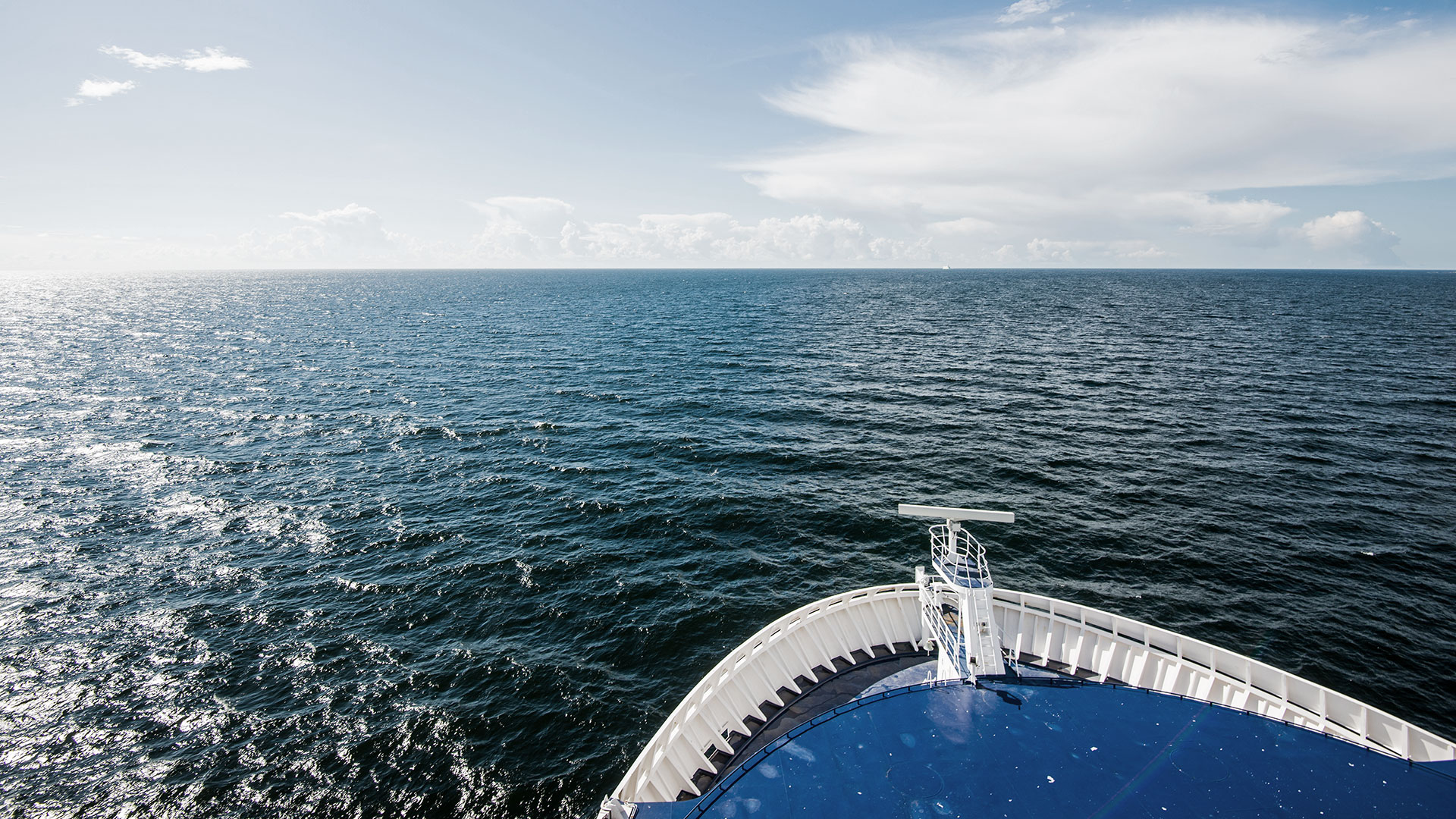The Finnish IPO market is in a clear upward trend, as shown by the graph published by Kauppalehti, the leading Finnish business news publication. In fact, the Nordic countries are currently leading global IPO statistics and have even surpassed the London and Frankfurt stock exchanges.
Get Investors into the Market – Top Tips from Recent IPOs

Related services
Last autumn’s most significant event in the Finnish capital markets was the listing of the Finnish telecommunications group DNA, the largest Finnish IPO of the decade. Other Finnish companies that have recently made an initial public offering include Lehto Group, Vincit, Pihlajalinna and Suomen Hoivatilat, with Fondia and Next Games being the newest entrants to the list.
The promising market situation encouraged us to invite recently listed companies and IPO advisors to a workshop to share their experiences and thoughts last month. DNA’s Senior Vice President Christoffer von Schantz also gives valuable hints for companies seeking to list themselves (in Finnish only). We have collected some of the best points both from the workshop and from Mr von Schantz here.

Investors Want a Clear Strategy
It may be easier said than done to formulate a crystal clear business description and strategy in a form that is understandable to investors. However, a company seeking listing should have a clear understanding of its strategic strengths and what its business is ultimately all about. The company’s management should also be able to deliver this message convincingly to investors. It is absolutely worthwhile to go through this exercise; the materials created for the IPO will be of great value even after the listing.
An Investor Story Inspires and Provides Credibility
The speakers in our workshop underlined the importance of having a consistent and credible investment story. It cannot be made up out of the blue, but must be based on hard facts.
A company seeking listing must win the attention of investors by providing not only a good investment theme – such as an up-trending sector – but also a lucrative business and capabilities that outshine the competition. What are the true needs that your company is responding to? And why should anyone be interested in investing in your company?
The IPO materials, such as the prospectus and marketing materials, must reproduce the investment story in a consistent and coherent manner. The company’s internal communication also plays a vital role in explaining the reasons for the listing to the company’s own personnel and other stakeholders, such as shareholders and customers.
The Business Must Keep Running Despite an Ongoing IPO
Going public is not a value per se. Following an IPO, a company can find its business on even more solid ground with improved financial success. Preparing a company for an IPO also involves creating capacity to meet the requirements imposed on listed companies. Success must originate with the company, but advisors can play a significant part in this success.
In a demanding listing project, responsibility for tasks must be clearly divided within the project team, and the personal chemistry must be right both in the company and in relation to the advisors. It is important to think in advance about how the company’s internal dynamics function. Operations cannot be stopped for the duration of the listing project, but must keep running as usual. Additionally, information must flow well both within the company and to the advisors.
A listing project should also be customised to support the company’s own brand image, and an IPO should not change the company’s own distinctive culture. For example, we have been happy to see that DNA has held on to its bold and straightforward identity now that it has become a listed company.
An IPO will always echo positively in the market. In DNA’s case, dreaming big was truly fruitful.













